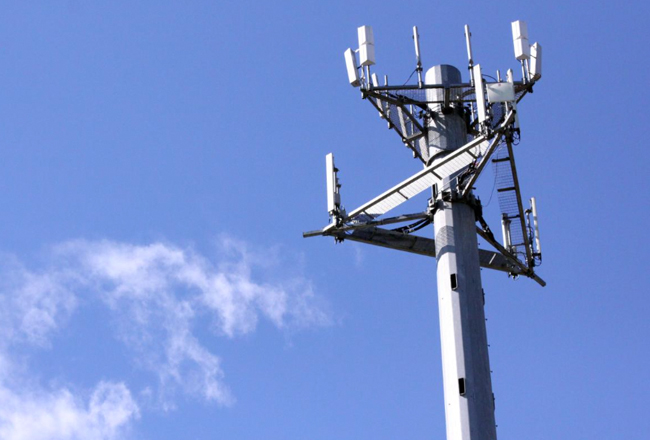Conventional wisdom holds the United States is unable to timely modernize its legacy copper telephone infrastructure to fiber reaching every doorstep because of the lobbying power of big legacy telephone companies. They want to protect their natural monopolies against interlopers and deploy fiber only where it produces a rapid return on investment to select neighborhoods at highly profitable, unregulated prices.
But their more formidable power isn’t so much their armies of lobbyists and campaign contributions to public policymakers. It’s that they’ve established and controlled the narrative built around a single word: broadband. They were so successful that they even managed to get public interest-oriented officials and advocates to adopt the term, creating a decades-long obsession with chasing “broadband” bandwidth instead of concentrating on advanced telecommunications infrastructure that delivers that bandwidth. It also serves as a great distraction since fiber technology has been around for decades and was being considered by telephone companies as early as the 1980s for two-way video communications.
It began with the enactment of the Telecommunications Act of 1996, at a time when Americans used screeching modems to connect to online services such as CompuServe and America Online. The statute defined progress as advancing from that narrowband dialup service to “always on” broadband. It largely left it to the private market to set the course instead of stating industrial policy establishing fiber as the universal infrastructure standard as twisted pair copper was before it. As well as establishing a timeline so that fiber reached nearly all homes by 2010. Instead, more than a decade later, only about one third of all U.S. homes can get a fiber connection. Baked into the 1996 Act is a cognitive bias known as
anchoring. Dialup -- state of the art connectivity at the time it was enacted -- is the anchor. Any technology offering incrementally greater throughput came to be valued more highly than modernizing legacy copper telephone lines to fiber.
Lacking a fiber infrastructure standard, in the quarter century since the 1996 Telecommunications Act was enacted, America has found itself bogged down in incrementalism, debating the definition of broadband and even trying to map its location. Elected officials have been dogged by constituent complaints over spotty, poor and unaffordable Internet access, priced at whatever the market will bear. Those complaints grew more strident as time went on and especially during the COVID-19 pandemic that turned homes into offices, classrooms and medical clinics.
With telephone companies dragging their feet on transitioning to fiber in order to accommodate their short term oriented business models, cable TV companies leveraged their coaxial cable to provide Internet access in the decade since the Act was signed into law. Since they have not been regulated as telecommunications carriers with universal service mandates and price controls, they too can -- and do -- charge whatever the market will bear. And bear it the market must since cable has taken a dominant role, putting it in a controlling position.
Seeing that fiber was being slow walked at the same time people grew more desperate for connectivity, various wireless technologies and even satellite services came about to fill the fiber voids. The sad consequence is the nation once seen as a world leader in telecommunications no longer is.

